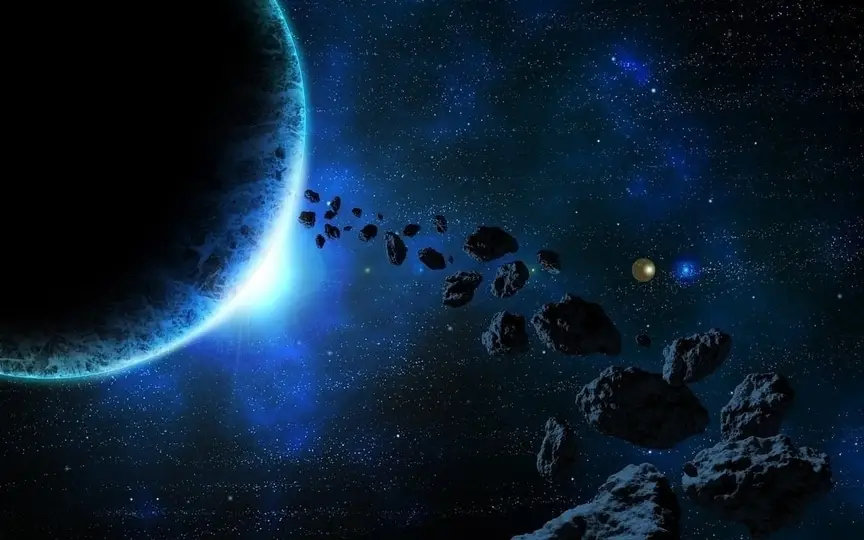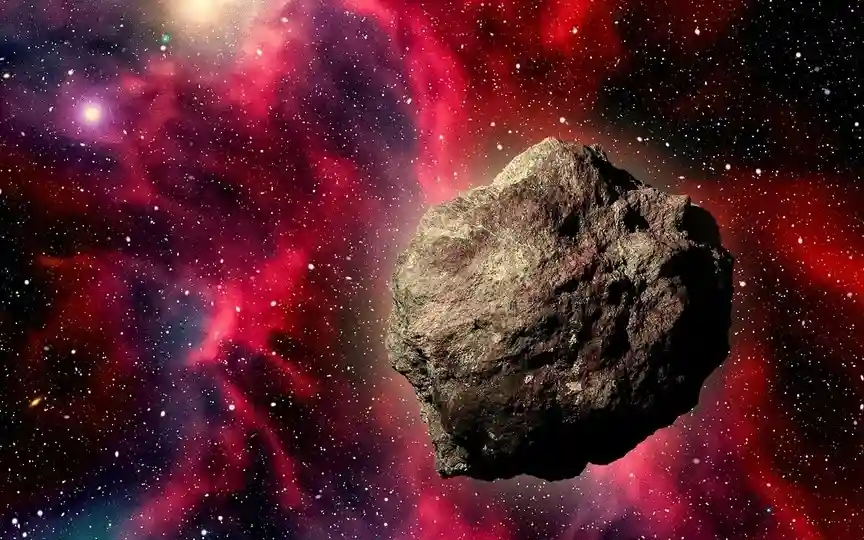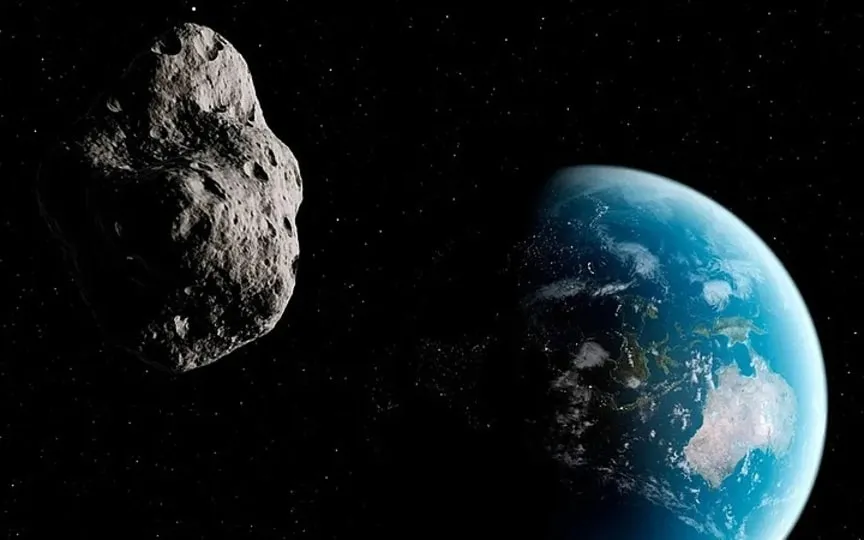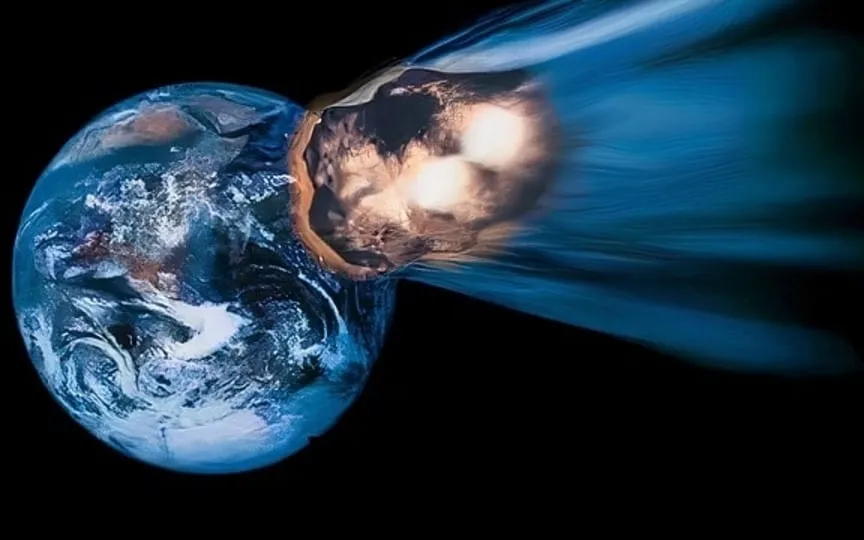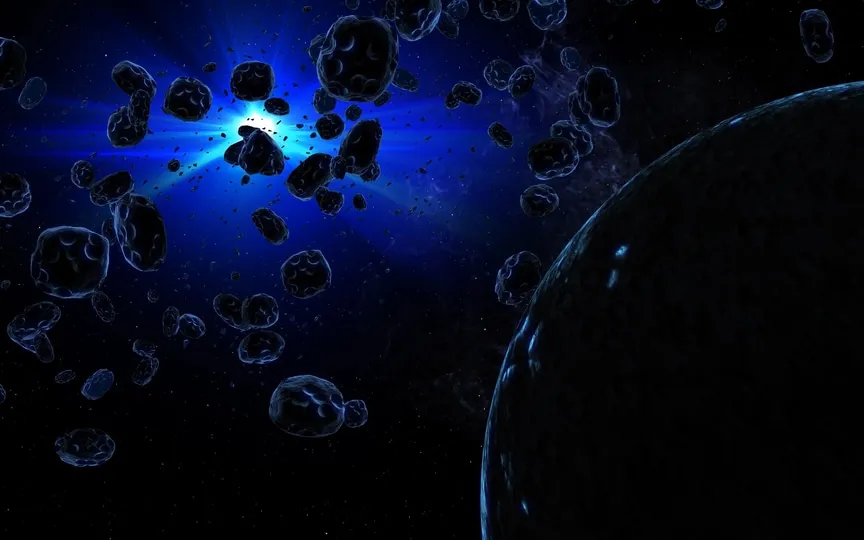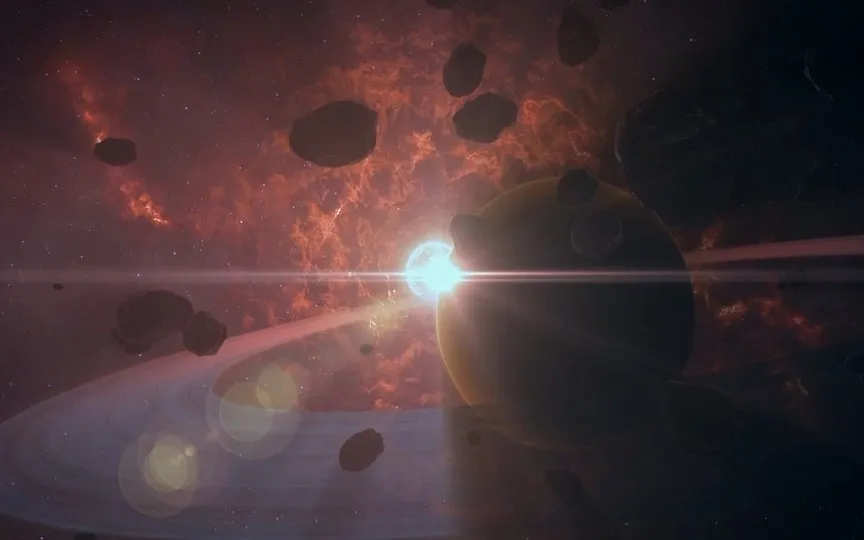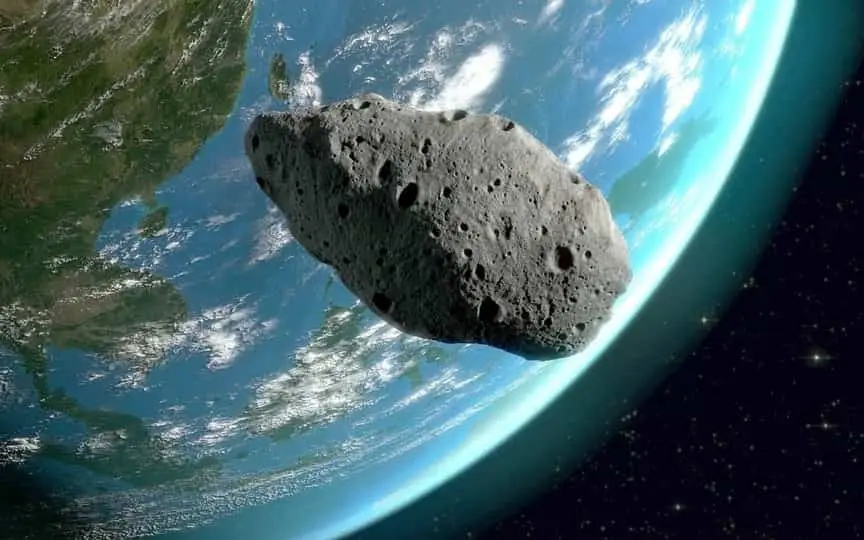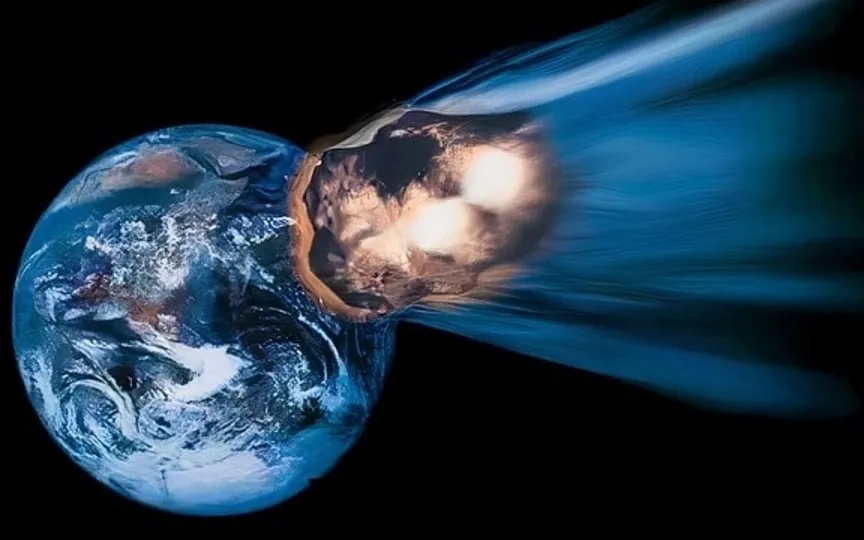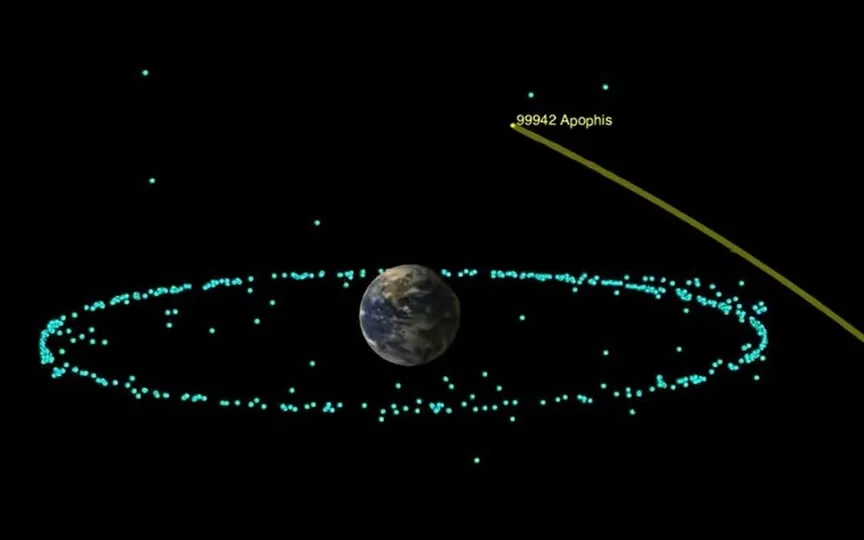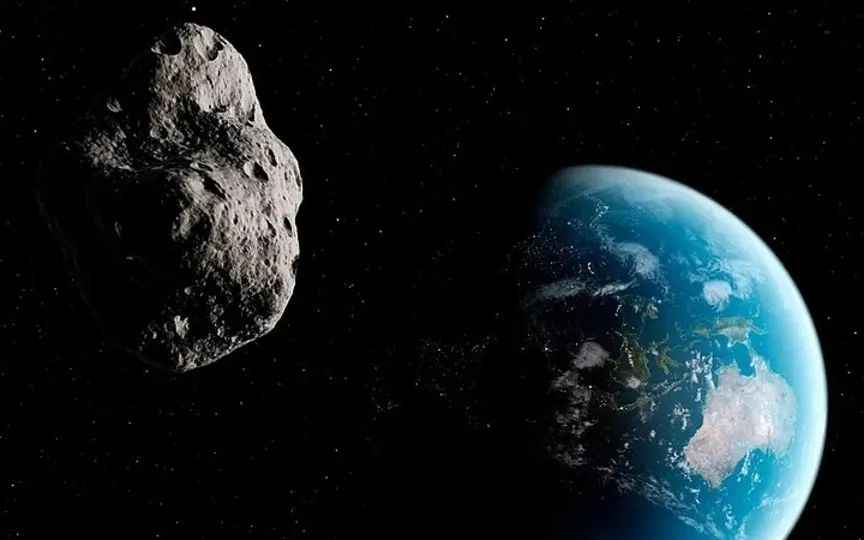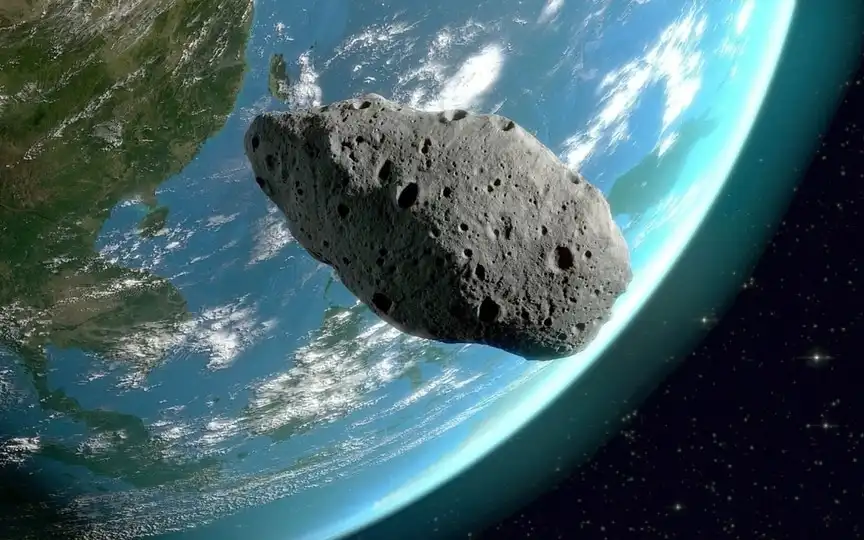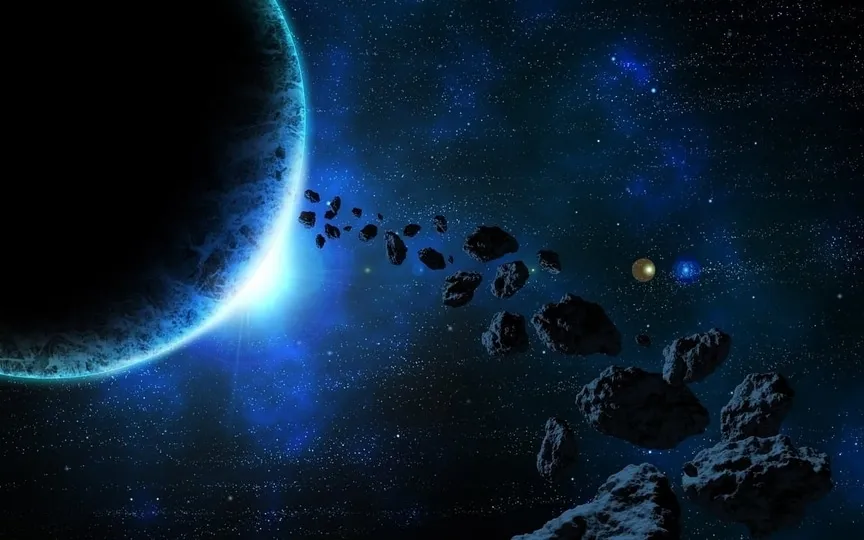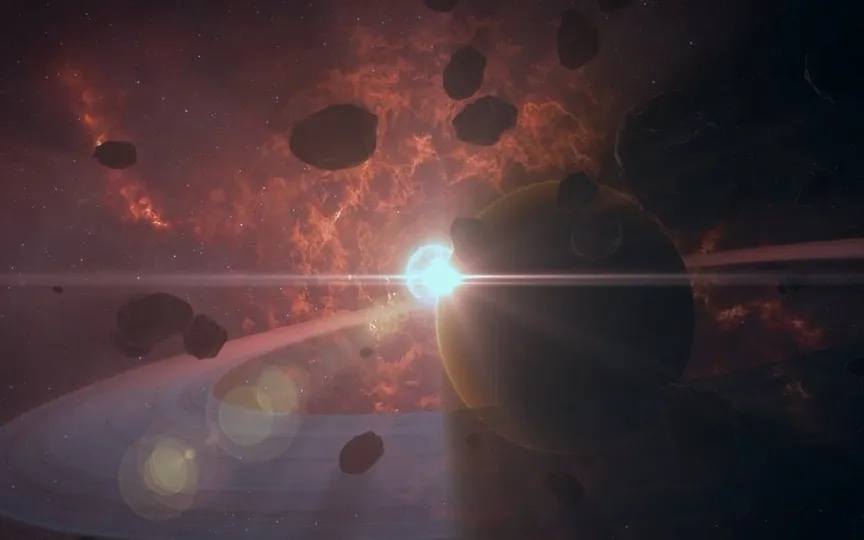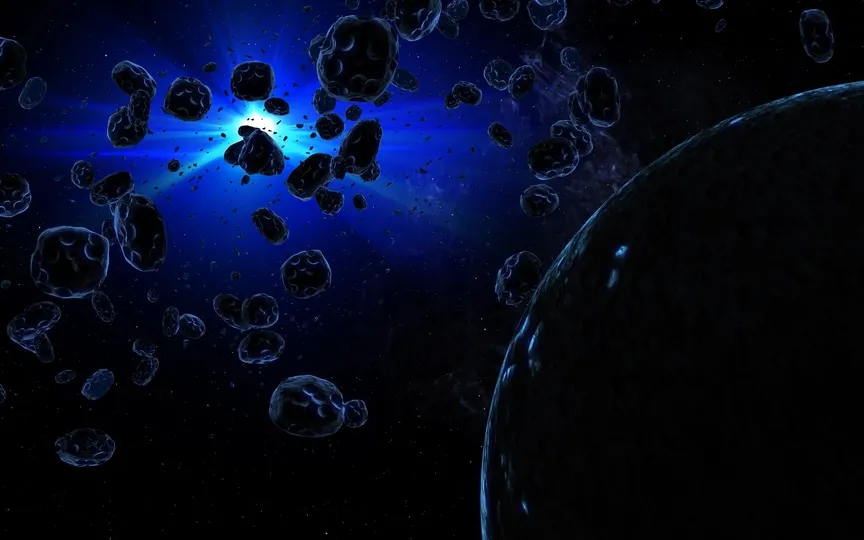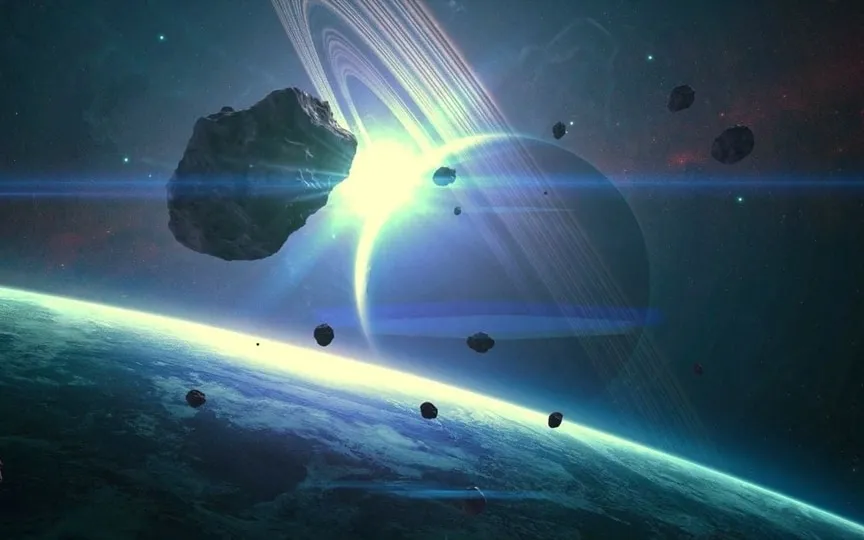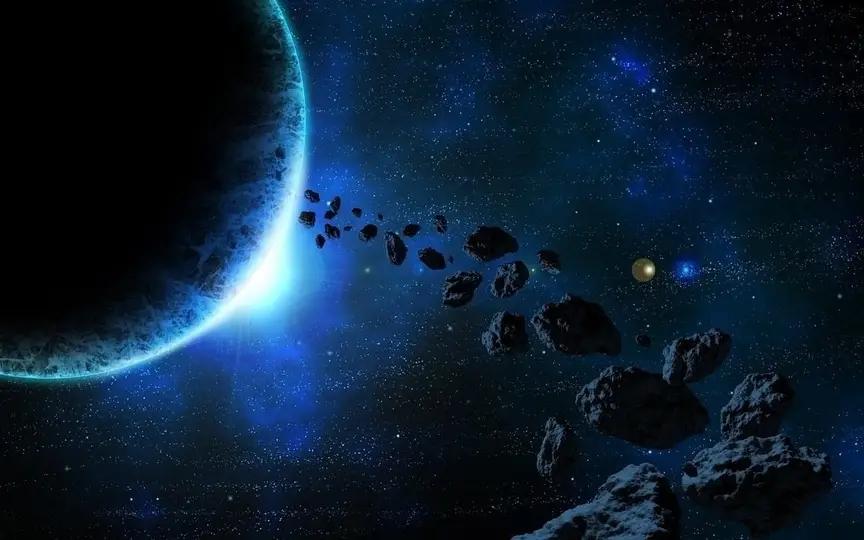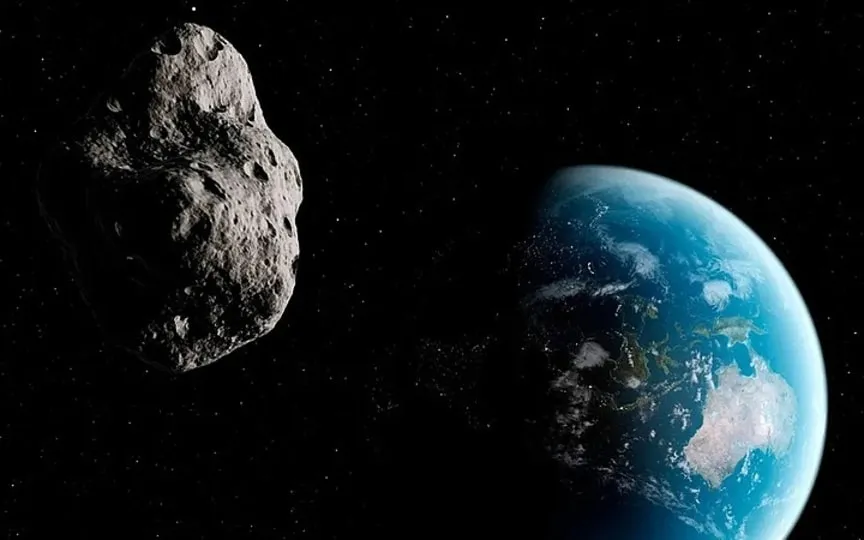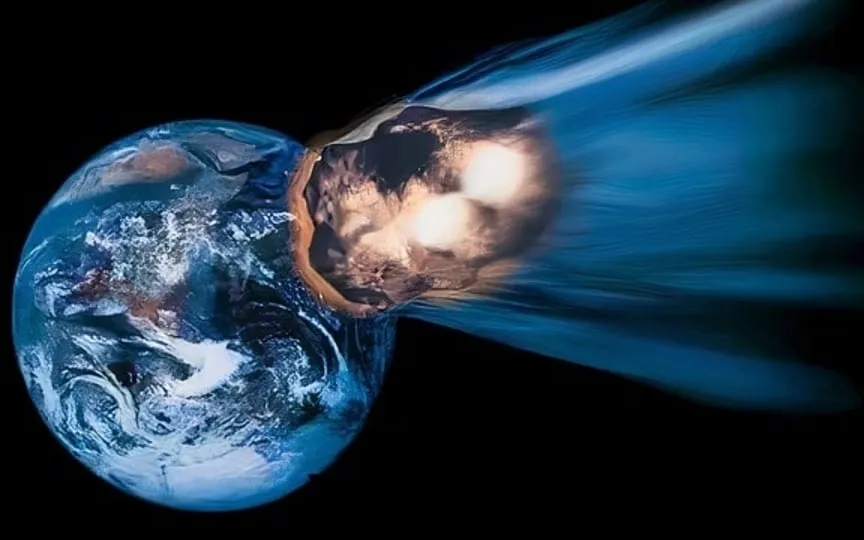NASA reveals that today, asteroid 2024 BM will come extremely close to Earth, providing details on its size, speed, and more.
According to the information released by NASA’s Center for Near-Earth Object Studies (CNEOS), an asteroid named Asteroid 2024 BM is projected to come close to Earth today, January 22, at a distance of about 3 million kilometers. Currently, the asteroid is moving towards Earth at a speed of 21511 kilometers per hour, which is comparable to Intercontinental Ballistic Missiles (ICBMs). To determine if the asteroid poses any threat, further details should be examined. Asteroid 2024 BM This space rock belongs to the Apollo group of Near-Earth Asteroids, which are space…
Read More

